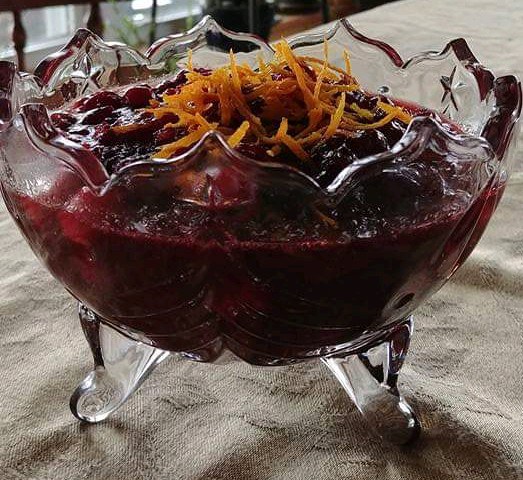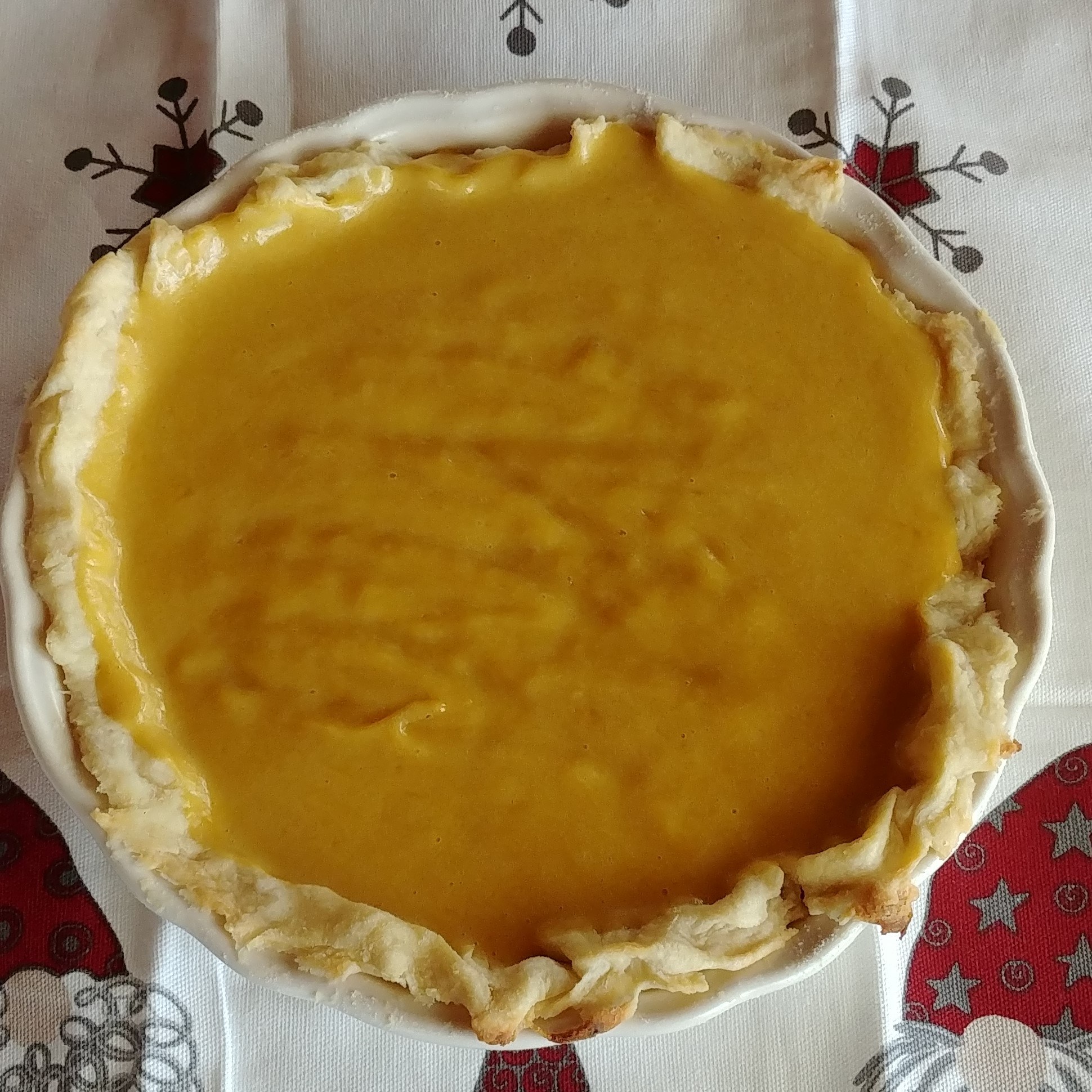Maple Cranberry Sauce – homemade cranberry sauce is so easy and adds a touch of class to your holiday table!
Woodlots and Birds
We are a certified Bird Friendly Sugarbush with the Vermont Audubon Society. Our next project is a woodlot in the lower part of our property. We don’t tap this area because its heavily concentrated with softwoods. Most of it used to be pasture for cows when I was growing up. I would like to convert part of the area into agriculture – an apple orchard and possibly berries. Some of it may convert back to pasture as well.
I have taken 5 acres and will be working on a “patch cut” this year. A patch cut is to increase the habitat for native bird species and migratory birds as well as mammals. We will be removing 90% of the trees that are on this 5 acre piece. I am selectively choosing the trees that I want to keep – no most of them are NOT maple in this case! I have chosen several apple trees, a nice stand of white birch and another stand of old spruce. I’ve randomly picked a few younger trees – a cherry or two, but sometimes I’ve picked some huge gnarly old mishaped trees just because they spoke to me. I like trees with character.
In addition to those I also will leave some of the trees that are already dead and fallen and several trees that are either already dead or mostly dead but still standing – bugs love these trees which in turn means birds love them. Most of the trees that are cut will be used to heat my house next year. The branches and leftovers will be thrown in piles to create natural hiding and nesting places for the birds and creatures like bunny rabbits.
The point of cutting such a high percentage of trees is to encourage the undergrowth to flourish – this will be grasses that create seeds and berries to grow to feed the birds. Overall the hope is the patch cut will see an increase in the number and variety of birds in the area.
The woodlots program that created this patch cut idea also ties back into the Cold Hollow to Canada program that wants to create wildlife corridors. We are a tiny piece of the largest temperate forest in the world and are trying to help do our small piece to this big puzzle.
#birdfriendlymaple #coldhollowtocanada #audubon
The Mole Family
There are many great story tellers in the family – I am not one of them. I can remember about 3 jokes – this is one of them and the last one shared with Grampa Hue – the master storyteller. April was here and signs of spring were finally showing. The mole family was just…
Hurry Up and Wait
Well Uncle Sam has nothing on Mother Nature and they both have taught me patience with the Hurry Up and Wait routine. We hurried and tapped in January only to wait for the first run, now we’re waiting again for the freeze to let up. We haven’t boiled in about 2 weeks. Tomorrow into next week is finally looking good again. Ideally we want temps to drop below freezing at night then warm during the day – but not too warm so the sap stays cold. We also don’t want it to stay warm too many days in a row without freezing because the tree will start sending its energy – the sap- into it’s branches to begin making leaves and buds. This happens at the end of the season and the syrup takes on a “buddy taste” and we stop sugaring for the year.
Sap yield per tree ranges from 10 – 20 gallons of sap per tree – depending on age, condtion and season. It takes 40 gallons of sap to make 1 gallon of syrup (sugar content does factor in here). So it can take 2-4 trees to make 1 gallon of maple syrup. The sugar concentration of sap runs about 2% +/- we then run the raw sap through our Reverse Osmosis to increase the concentration to 12-16% sugar. This “sweet” is then boiled until it reaches a Brix measurement of 66.9*which is a density measurement to make sure the syrup has the right consistency or viscosity ( the ability of a liquid being able to flow). This gives the syrup the right texture and flavor concentration.
My father says “Sap is like Holy Water – you gotta boil the Hell out of it”
Maple Cream Pie
Mother’s Maple Cream Pie This pie calls for a pre-baked pie crust also known as a blind bake. You can use store bought crust or I’ll include the recipe I use. Either way bake the crust first – make sure to use a fork and dot the entire bottom of the crust before baking. Pre…




